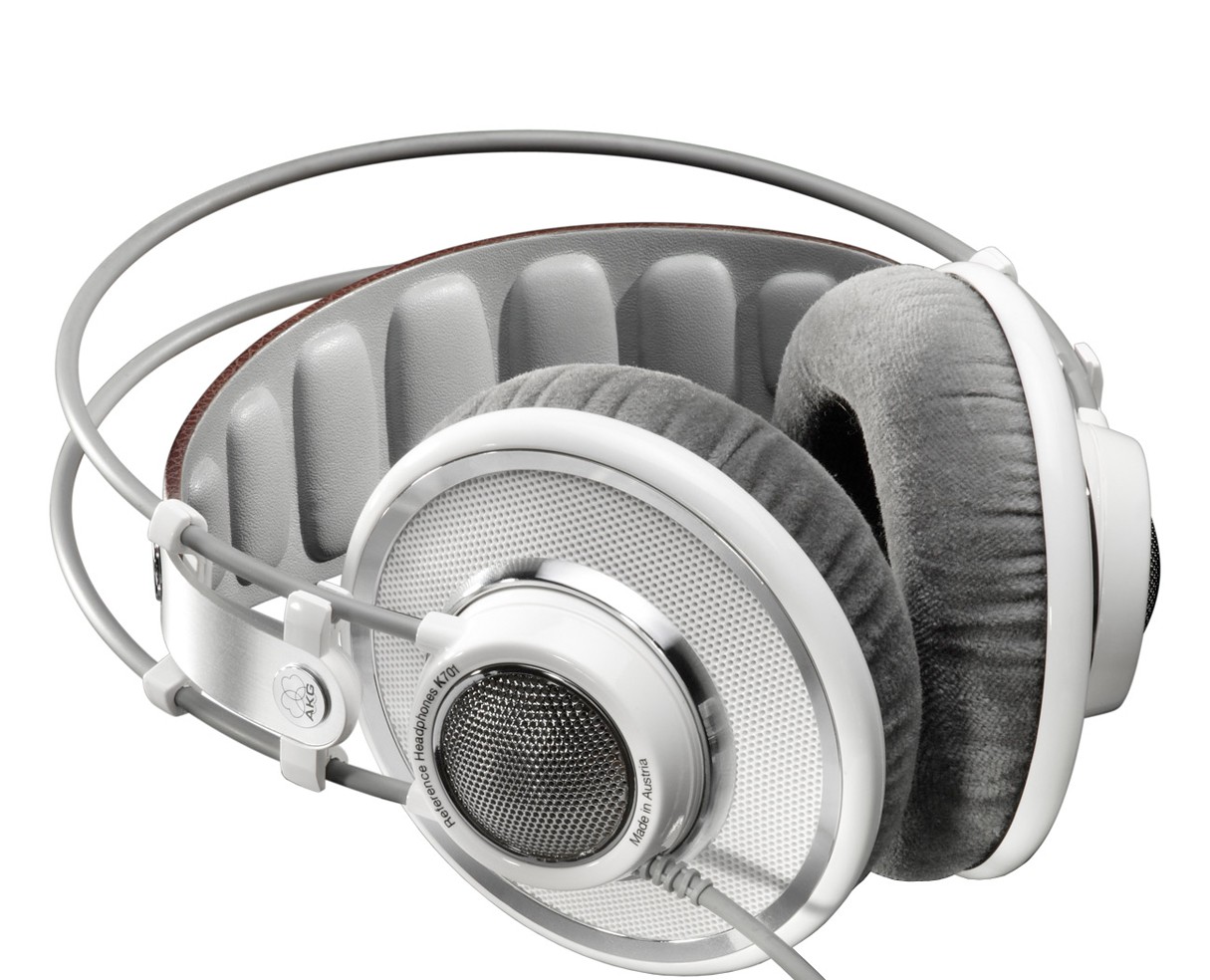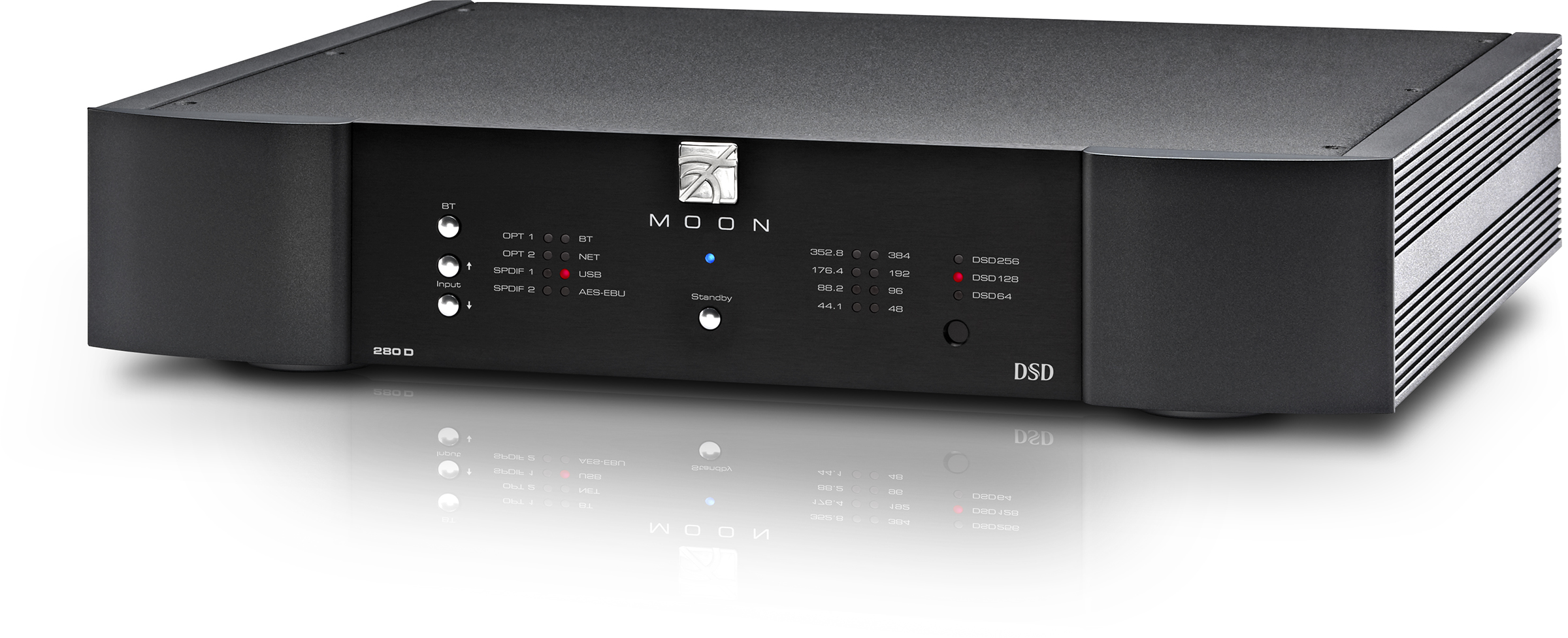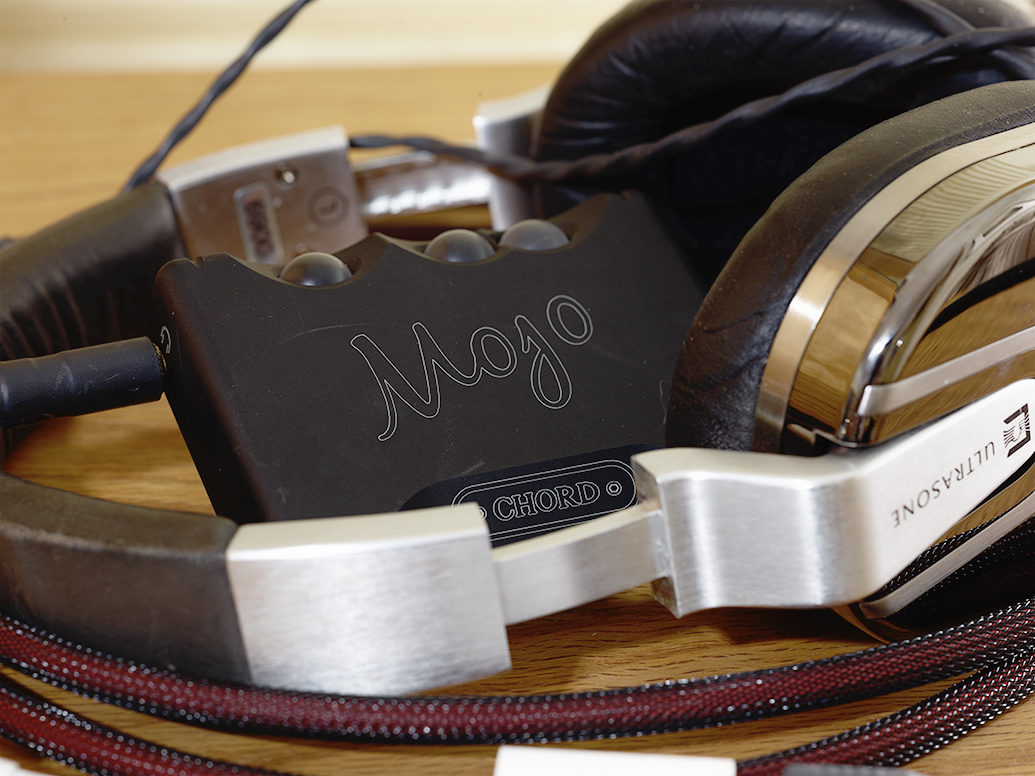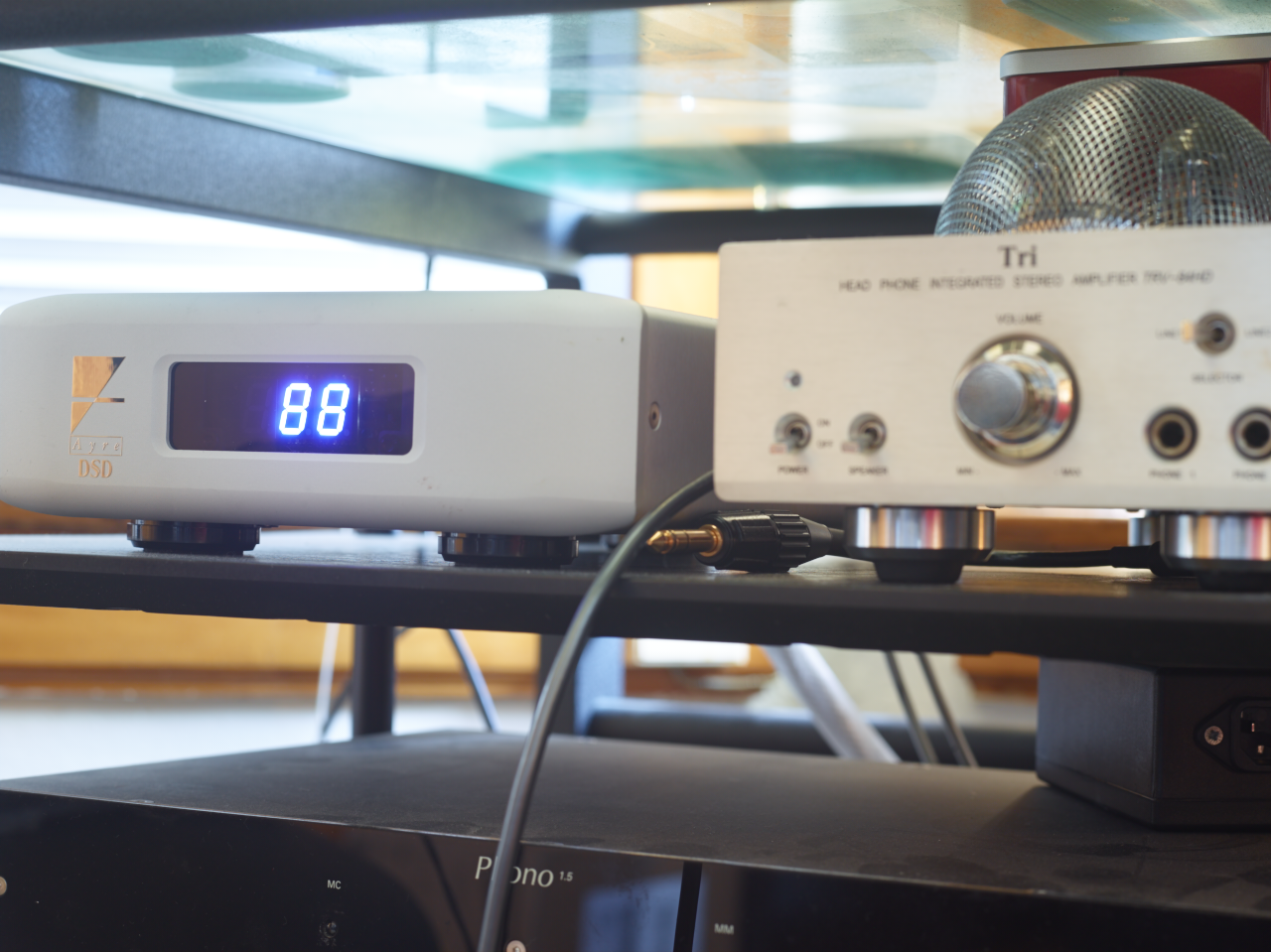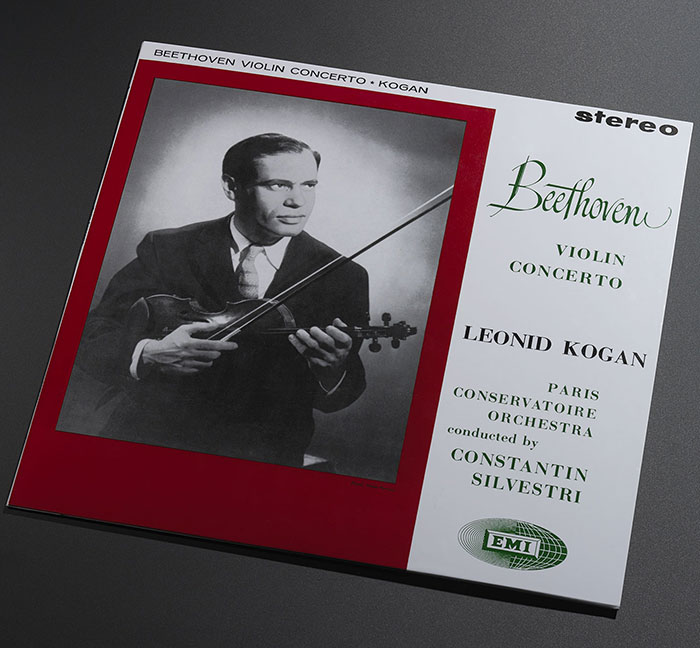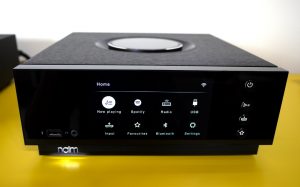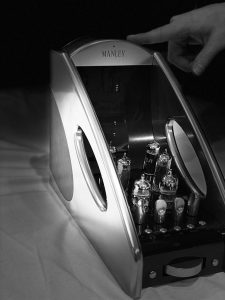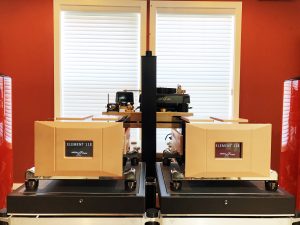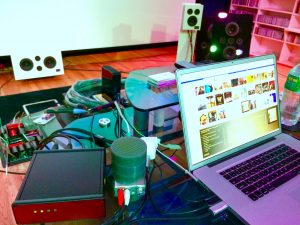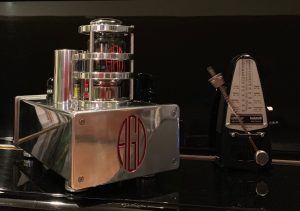The Woo Audio WA7tp and the Future of Two Channel Home Audio
"It's just a kiss away
It's just a kiss away"
—"Gimme Shelter" by The Rolling Stones
A while back, I wrote that the Woo WA7 high-resolution DAC and all-tube headphone amplifier was possibly the most linear combination I'd heard, particularly for a combined DAC and headphone amplifier that were so perfectly matched that neither component by itself could compete with higher-priced offerings by the same company. However, carefully planned and executed synergy brought the two together in supremely elegant form. Thus I used a Woo WA7 with the original solid-state power supply, a Locus Design Polestar USB cable, a 17" MacBook Pro running, eventually, Yosemite, iTunes, and Audirvana Plus, all with a generic power cable and a Belkin AC distributor, at my place of work for about two years. I even had a pair of Beyerdynamic T70p's custom modified with Moon Audio Blue Dragon headphone cable and a Furutech FP-704 (G) ¼" plug not to mention, of course, the Electro Harmonix tube upgrades. I liked the modified T70p's because they were light, comfortable, musical sounding, a good match for the WA7 particularly with the Blue Dragon headphone cable, and they were not profoundly expensive.
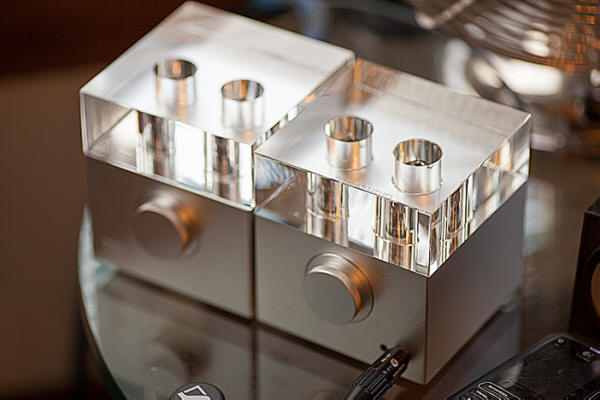
Recently, I decided to leave my job for many reasons, take some time off, get a little vacation, and then start work on a contract position as a prestigious Silicon Valley company. Who knows what it will lead but, for now, it's great! I also broke up with my girlfriend, which is kind of sad although it means I could spend lots of money of stereo equipment if I felt so inclined and could genuinely afford it (well, at least rationalize that I could), plus I decided not to take the WA7 into work anymore and to give the aging 17" MacBook Pro away to a skilled software developer friend. I copied a lot of the high-resolution files that I had had on the 17" MacBook Pro and on my 27" iMac onto my more fully-loaded 11" MacBook Air running the same software as mentioned. I hooked it up via what I thought was a 3.0 meter AudioQuest Cinnamon USB cable to the WA7 and left everything else pretty much like I had had it at work. However, I did finally decide to get the WA7tp all-tube power supply for the WA7 because everybody talks about how good it sounds, even if it does double the form factor of the WA7.
From the very first moment I connected it, I felt profoundly impressed and after just a short while I simply couldn't go back to the solid-state power supply. It increased the air and ambience, even with my T70p's, and actually deepened the sound stage considerably while making it so wide that it extended slightly beyond the boundaries of the ear cups. Now that was impressive! I decided to up the stakes a bit, so I talked to the Cable Company about a real power cord, winding up with a 2.0 meter DH Labs Silver Sonic Power Plus, the same power cable I use in a much longer run to link my Power Plant 10 in the home office system to the wall socket. I even picked up the least expensive Chang Lightspeed power line conditioner, the CLS 309, also from the Cable Company. This all improved the performance. I tried my Moon Audio Silver Dragon-customized Audeze LCD-2's and felt happy with them for quite a while, but they are a little awkward to wear, particularly late at night when you're tired, so I hadn't drawn any permanent conclusions. I did discover after reading two articles comparing the AudioQuest Forest, Cinnamon, and Carbon USB cables that (a) my Cinnamons didn't really match their descriptions and (b) the general conclusion was that the Carbons offered the most music for the money. So I looked at my Cinnamon and did discover that it was counterfeit so, even though it had passed thirty days, I called Amazon and explained the situation to them such that they reimbursed me immediately and sent me a label to return the fake Cinnamon. I then picked up a Carbon through an authorized AudioQuest dealer and checked it very carefully to make sure it was the real thing, which it was. While I waited for the Carbon to arrive, I borrowed the Diamond out of my home office system and while that had sounded great with my über Rega DAC, it may have supplied a bit too much information for the WA7 with the WA7tp and Silver Dragon LCD-2's, so the Carbon wound up being just about right for my all-Woo setup.
At a certain point, I started wondering if I shouldn't go back to using the T70p's because they felt far more comfortable than the LCD-2's and had a lovely tonal balance to them with the WA7 even if they were a little muted at the frequency extremes. They just sounded fun, too, with a good, dynamic midrange, a bit like an unmodified pair of Quad ESL-63 USA Monitors (if anyone reading this remembers those). Plus, the T70p's made a nice visual match for the WA7, which you can't ignore when you're talking about a WA7 and a contemporary MacBook of any kind. All of which brings me to my next point, which is that—as part of the celebration of my new job even though (or maybe because) it was a stressful week—I picked up a newly-introduced 13" MacBook Pro with the Retina display, an i7 processor, 16GB of RAM, and 512GB of flash memory. I copied everything over from my 11" MacBook Air, reset Audirvana Plus to run in, "Low Resolution [i.e., 32-bit] Mode", and fired things up! Well, it took a few minutes for things to sink in, but I have to admit that the newer machine sounded much better even though the 11" MacBook Air was only 2-3 years old and as fully loaded as it could have been at the time. So I'm not suggesting that you upgrade your machine a lot, but it can make a difference; although, my primary reason for the upgrade was a larger, sharper display and more multitasking capabilities, particularly under Yosemite, since I use this particular machine more than anything else I have even though I own a very powerful 27" iMac for image manipulation and sound file analysis/conversion.
As much as I love my WA7 with the WA7tp arrangement, it still felt and sounded like something was missing. After some careful evaluation and simply looking at all the parts to find the weakest link, I came to the conclusion that, as good a value as it is, the DH Labs Silver Sonic Power Plus power cable was letting me down a little (no offense intended to DH Labs) as there was a persistent hum that was probably related to the ground plane even though it was hypothetically possible that it was just a side effect of using 32Ohm headphones with a high-output headphone amplifier or there was a less than optimally shielded cable in there somewhere, which didn't actually seem very likely. Since it was the one thing that I could fix, unless I wanted to go back to my LCD-2's or try my HiFiMan HE-5LE's, I decided that I would get a very good power cable known for its ability to maintain a solid ground plane, specifically the Stealth SWIFT (the basic one without the solid silver wall plugs and IEC receptacles). The SWIFT is actually quite a bargain for what it does and since I had another one on order anyway, I just added an extra two-meter SWIFT to the order, right around Easter when Stealth was moving, so it was going to take a while. Of course, I could always borrow one I already have to try, but all of my other SWIFT cables are less than two meters and I just decided to trust blind luck that this would work. I'm relying a lot on a combination of hard work and blind luck these days, anyway, and kind of trusting that things will work themselves out in general, but I digress.
While I was waiting for the Stealth SWIFT to arrive, an idea went off in my head, which was to try my Audio Note AN-SPx-modified AKG K701's with the Woo WA7. I usually use the modified K701's for mastering because the treble can be a little forward, which is great for hearing detail but perhaps a bit hard to enjoy for casual listening. I downloaded a 24/192 AIFF copy of David Chesky's Jazz In The New Harmonic: Primal Scream and imported it into iTunes, upgraded Audirvana Plus to version 2.0.11 (a "minor" upgrade), and started listened to Chesky's album with the equipment I have described just using my modified AKG K701's rather than my differently-modified Beyerdynamic T70p's. I have to say that the K701's are extremely comfortable, even lighter than the T70ps', and that—with the all-silver Audio Note speaker wire adapted for headphone use—totally blew away everything else that I've tried with my Woo WA7/WA7tp (including my stock Fostex TH-900's, which are now my reference cans in the home office system). The treble is no longer bright sounding. It's just really detailed and sweet as a rose. The midrange is super transparent with an enormous sense of space and placement, sort like putting a real concert hall around your head, and—despite common belief to the contrary—I get more than enough bass out of the modified K701's to rock. Plus, the K701's with the gray wiring jacket are a perfect aesthetic match for the WA7. So it's just unbelievable how well this combination works. I'm not even sure the SWIFT is necessary as the hum has gone away, but I should at least try the power cable when it arrives because I did make a commitment to buy it.
Getting this particular one-off modification would be extremely difficult for most folks out there; however, I would guess with a relatively high degree of certainty that getting a pair of AKG K701's with the either the Black Dragon or the Silver Dragon modification from Moon Audio would come very close, or even just using the K701's stock would better match the WA7/WA7tp better than any headphones I know of apart from my specially-modified pair (which I got years ago right when I first started experimenting with headphones). So don't fret! Just be sure to use the Electro Harmonix tubes in both the WA7 and the WA7tp and do make sure you have something besides a stock power cable going into a garden-variety surge protector rather than a superb Chang Lightspeed power line conditioner (or something equivalent). I like the Chang, besides, it's affordable and cleans up the sound without making the treble too forward or detailed, but there other choices out there. I decided that I liked the sound of my WA7/WA7tp/AKG K701 combination so much, just with the DH Labs Silver Sonic Power Plus cable in it, that I was not going to try the Stealth SWIFT but just enjoy what I have, at least for now. I can't really cancel the order. So I'm getting a new 2.0-meter Stealth SWIFT power cable regardless. I'll just save it for my home office system in case I need another cable or put it in place of a 1.5-meter cable that's stretched a bit. I might even drop it into another system if I need something reasonably close to the Harmonic Technology Magic Cords that I use in my main system, when it's setup, because I only have six of those and was lucky to get them.
Just as a reality check, I left everything equipment-wise as is but downloaded the 24/96 Linn ALAC album Joe Stilgoe's New Songs For Old Souls (Digital Deluxe Version) and queued up the first song, "Totally". It sounded perfect, in many ways better than any non-headphone based high-resolution system I've used before. Does that mean that running the DAC output of the WA7 into an amp and speakers would be equally luscious? I don't think so. I think the WA7 relies a tremendous amount on synergy among all things. So the reason I added the, "and the Future of Two Channel Home Audio", to the title of this article is because, even with sales of entry-level turntables and vinyl records beginning to increase again, most people don't want what they can't carry with them. In the future, two-channel home audio might just be an arrangement like this, where you can still sync a portable, high-resolution player to your MacBook Pro and use a portable pair of headphones (such as the Ultrasone Performance 880 Headphones) while you're out and about, then use something like the WA7/WA7tp/AKG K701 combination at home for better sound. Maybe, if I get really lucky, Jack Woo's "WA8" (or "WA7ph") will come with a tube power supply, a high-resolution DAC, and an MM-level tube phono stage all built into it. Now that would be heaven in a shiny black or silver box.
Kindest regards,
Andy
Woo Audio
www.wooaudio.com




